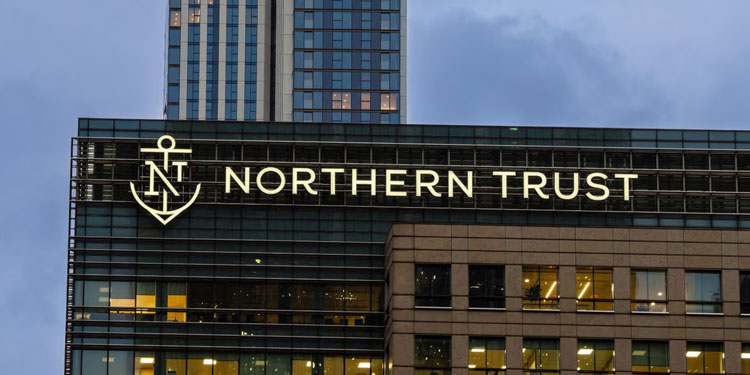
The patented system uses a series of smart contracts to store all the details related to a meeting such as the names of the participants, agenda items, calendar or due dates, actions or tasks, the main points, decisions made by the participants, record what is the most important points, and future decisions.
Northern Trust is using a private blockchain created in collaboration with IBM in 2017 to capture key data. Even though, the patent explains a specific use case, the blockchain can be used to store other operational data.
The patent filing explains the system as follows:
“During the meeting, a first smart contract may authenticate and record attendees in the digital meeting record based on biometric information received from the attendees’ devices… a second smart contract may capture in the digital meeting record, meeting actions of each attendee, including date, time, and location associated with the meeting actions. After the meeting, a third smart contract may autopopulate post meeting documentation.”
The Chicago, Illinois-based financial services firm firm also won a patent for digital identity management. The second patent focuses on “generating one-directional cryptographic hashes of reference documents and biometric information.”
The two patented systems will work together to link the digitized records of meeting to the digital identity records. More than a single encryption keys are used to store the meeting records in an encrypted format. It is then uploaded on the blockchain using the network node.
The system aims to
“integrate interactions between digital identities within the blockchain, authentication and recording processes using biometric information, document storage in a repository, and one or more smart contracts managing meeting activities in real-time.”
Justin Chapman, global head of market advocacy and innovation research at Northern Trust, said
“We have developed a number of blockchain innovations that may be applied to multiple business activities and product offerings, with private equity fund administration being only one example of many potential use cases.”